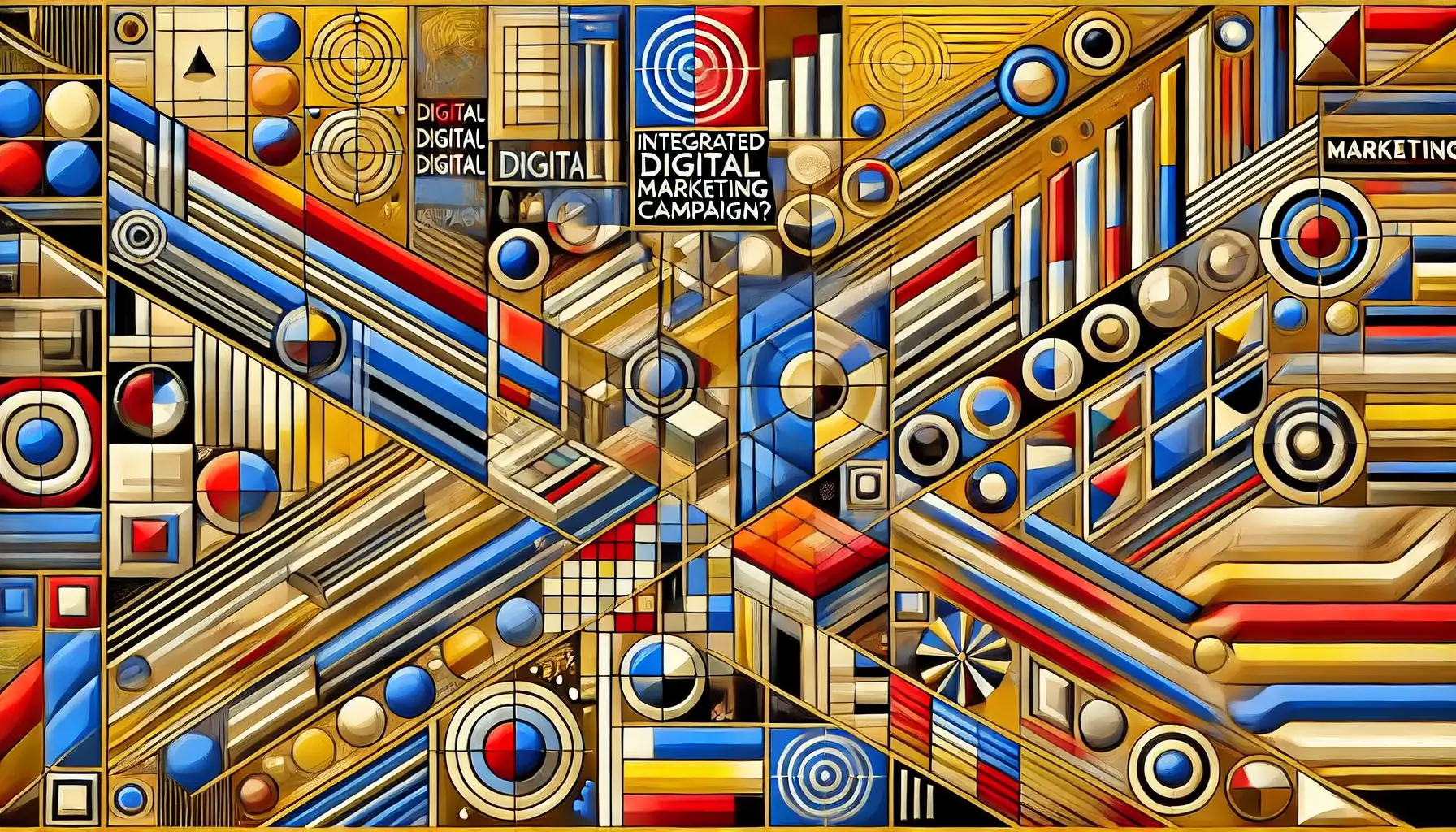
An integrated digital marketing campaign is a powerful strategy that combines various online channels to create a cohesive and impactful marketing approach.
But what exactly is an integrated digital marketing campaign, and how can it benefit your business? Let’s dive in.
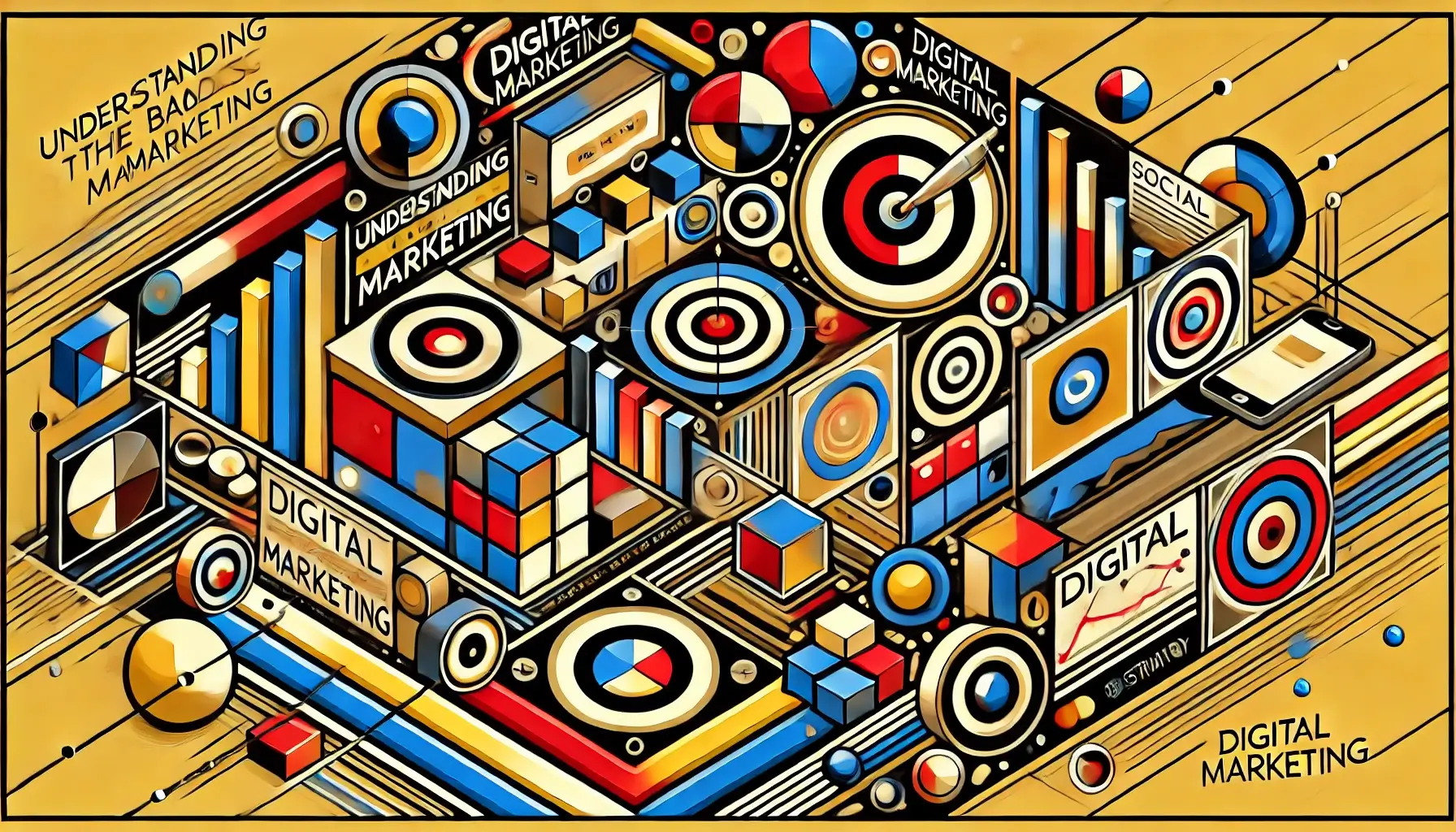 Before we explore integrated campaigns, let’s quickly recap digital marketing essentials.
Before we explore integrated campaigns, let’s quickly recap digital marketing essentials.
Digital marketing has come a long way:
The key shift? Moving from interruption-based advertising to creating value for your audience.
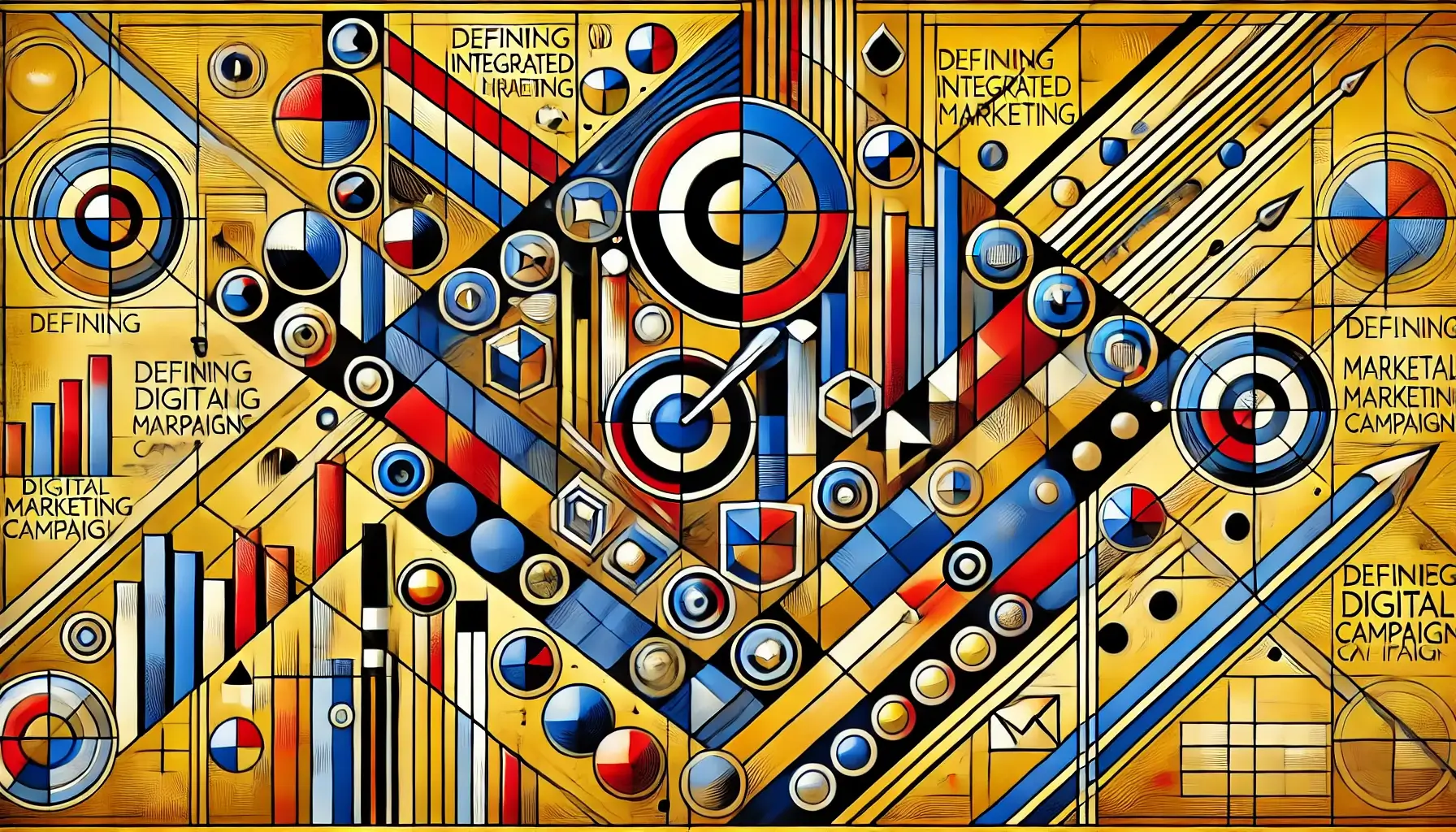 Now, let’s explore what makes a digital marketing campaign “integrated.”
Now, let’s explore what makes a digital marketing campaign “integrated.”
An integrated digital marketing campaign is like a well-orchestrated symphony.
Each channel (instrument) plays its part, but it’s the harmony of all elements working together that creates beautiful music (effective marketing).
Integration means:
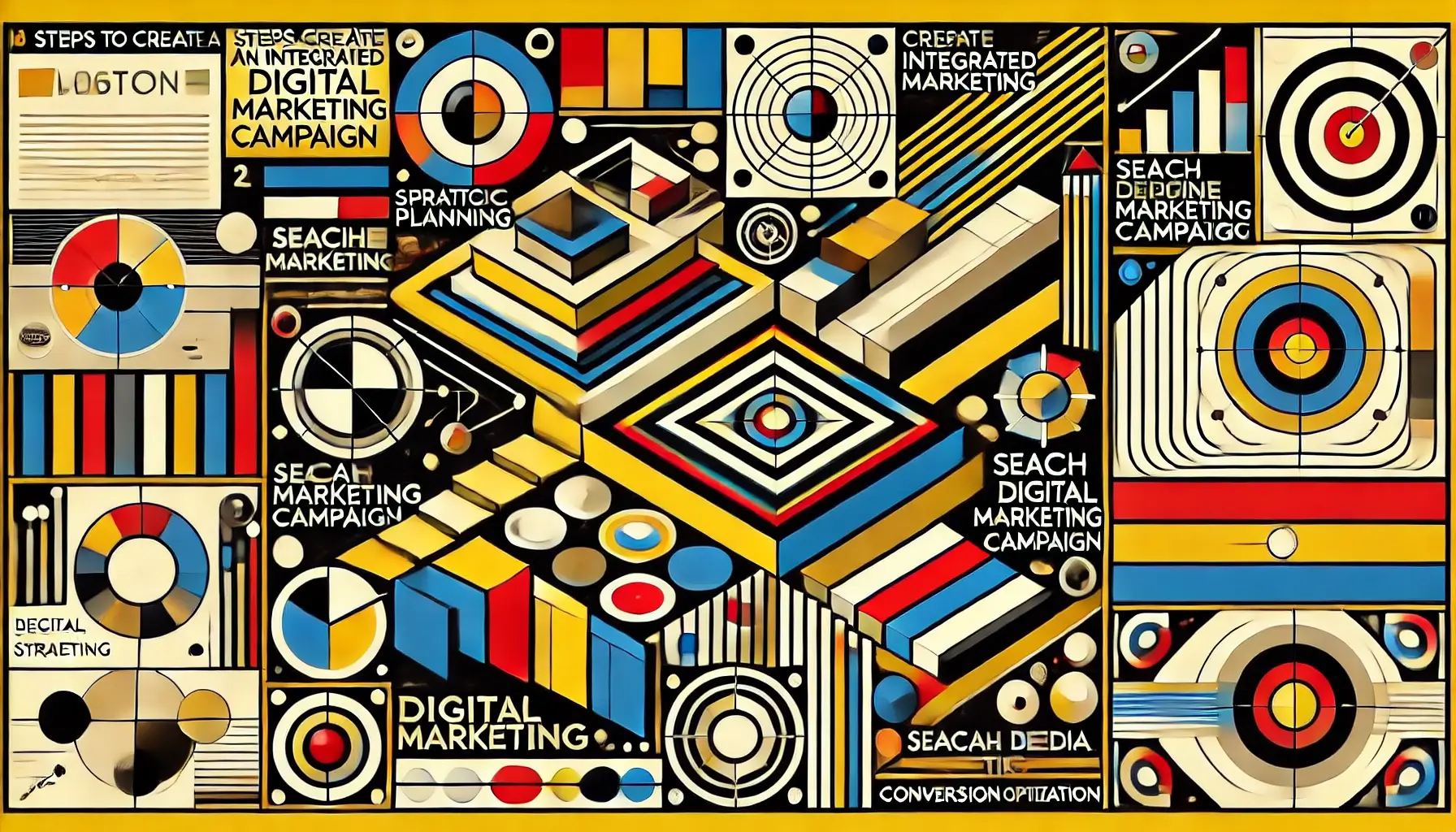 Ready to create your own integrated campaign? Here’s how:
Ready to create your own integrated campaign? Here’s how:
Tip: Use tools like Google Analytics and social media insights to gather data about your audience.
Example: If your business goal is to increase revenue by 20%, your marketing objective might be to generate 500 qualified leads per month.
Tip: Start with 2-3 core channels and expand as you see success.
Tip: Create a content calendar to ensure consistency in timing and messaging across channels.
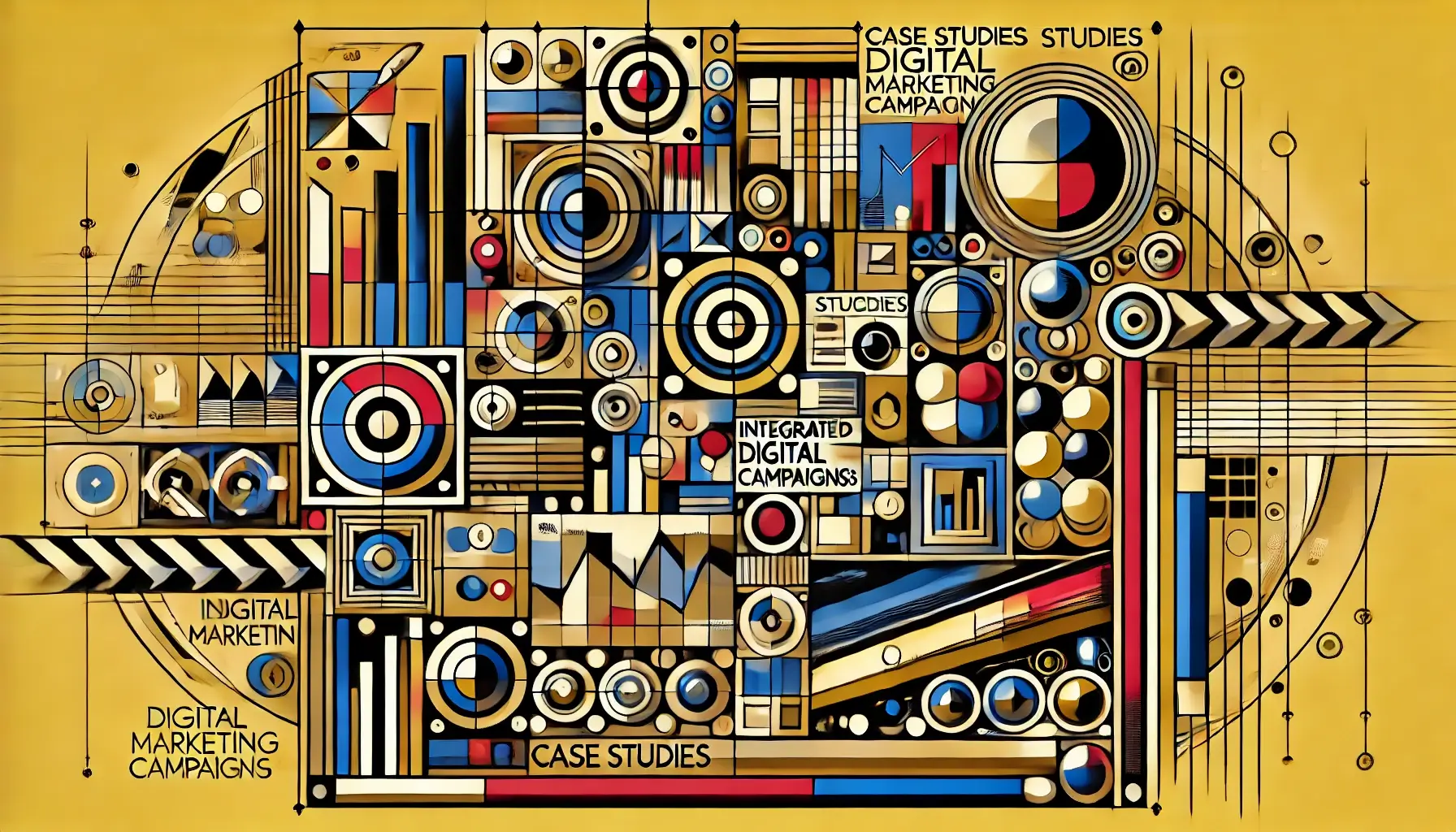
Airbnb integrated social media, content marketing, and user-generated content to encourage travelers to “live like a local.”
The campaign increased bookings by 25% and drove significant social media engagement.
Key takeaway: Leverage user-generated content to create authentic, relatable marketing messages.
Spotify combines personalized user data, email marketing, and social media to create shareable year-end summaries for users.
This integrated approach drives massive social media engagement and user retention.
Key takeaway: Use data to create personalized, shareable content that resonates with your audience.
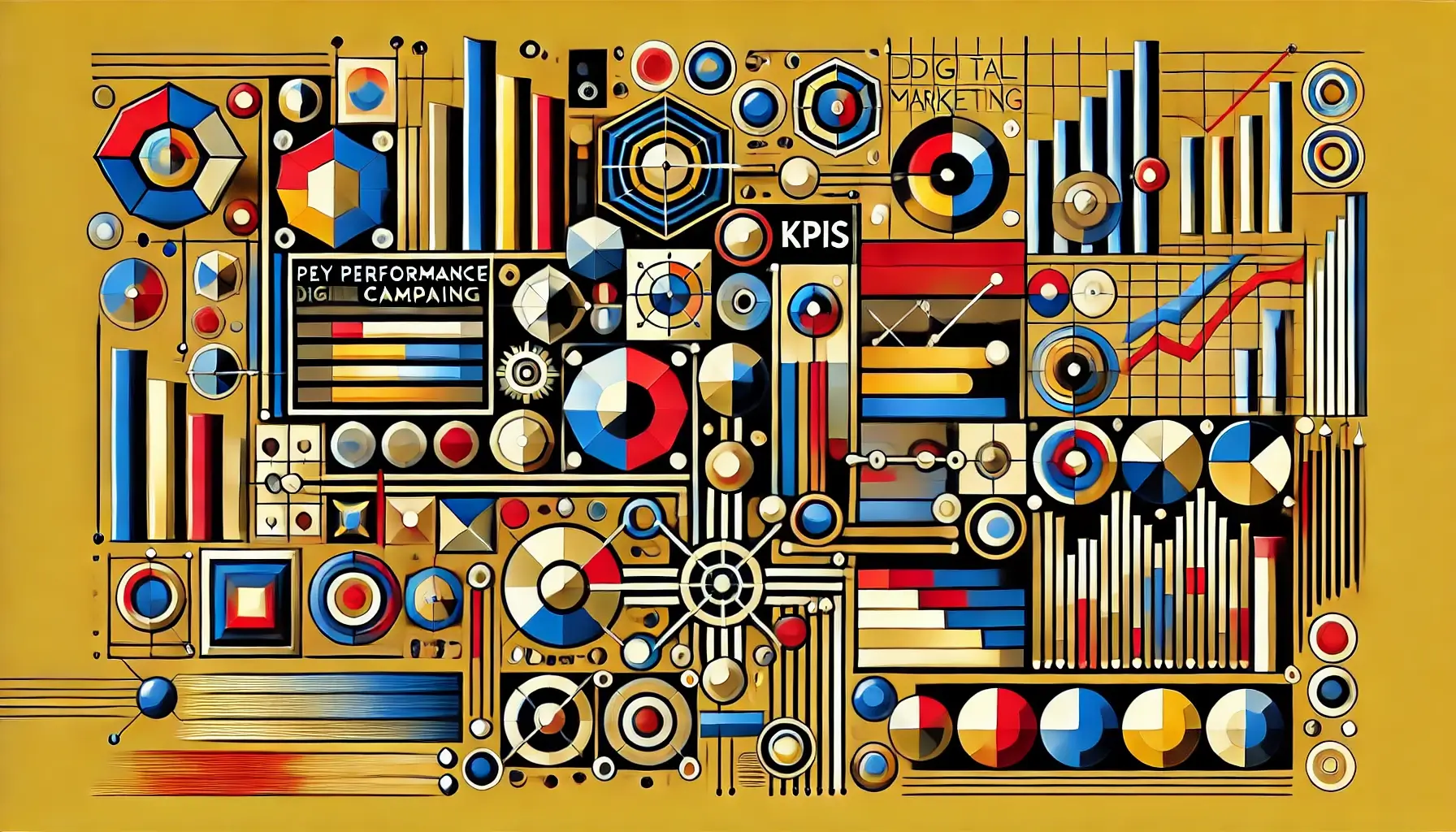 To gauge the effectiveness of your campaign, focus on these key metrics:
To gauge the effectiveness of your campaign, focus on these key metrics:
Tip: Set up a dashboard that combines data from all your tools for a holistic view of your campaign performance.
An integrated digital marketing campaign is more than just using multiple channels – it’s about creating a cohesive, seamless experience for your audience across all touchpoints.
By aligning your messaging, leveraging data insights, and maintaining consistency, you can create powerful campaigns that resonate with your audience and drive real business results.
Remember, the key to a successful integrated digital marketing campaign is to always keep your customer at the center.
By understanding their needs and providing value at every interaction, you’ll be well on your way to digital marketing success.